The Andaman & Nicobar Story
https://www.natureinfocus.in/interviews/the-andaman-nicobar-story
On
this International Day of the World’s Indigenous Peoples, Pankaj
Sekhsaria discusses the ecology of the Andaman and Nicobar islands, and
his new book, Islands in Flux
by
Aadya Singh
The
Andaman and Nicobar Islands are a microcosm of multitudes – not just
because of their unique location, ecology and biodiversity, but also
because of the variety of contexts within which they can be experienced
and studied. (But information and studies on the islands are sparse and
hard to find, so you might find this backgrounder useful for some cultural and historical context.)
As
a noted researcher, writer, activist, and photographer of the Andaman
and Nicobar islands, Pankaj Sekhsaria embodies the diversity of the
region in his own work. Sekhsaria has been chronicling the stories of
the Andaman and Nicobar Islands for over two decades now. With a sharp
understanding of the islands’ issues, ranging from the cultural to the
political to the economic, he has been instrumental in crafting both
intellectual discourse and active intervention pertinent to this
landscape. His recently released book, Islands in Flux – The Andaman and Nicobar Story, is a collection of his journalistic writings on the ANI over the past twenty years.
Islands in Flux
is a tapestry of events in the island story, organised by themes that
transcend timelines and continue to be relevant today. With their unique
location off the mainland and their interconnected threads of culture,
community, ecology, and geology, the Andaman and Nicobar islands defy
singular, linear narratives – they are truly islands in flux.
We
sat down to talk with him about his experiences from the union
territory that most of us on the mainland know shamefully little about.
What motivated you to put together a chronicle of the islands?
What
motivated me was the need for a consolidated account of the islands,
that could comprehensively cover a gamut of issues. I realised that
every few years, with every new person that comes into the
administration, we had to start from scratch. Despite so much
information out there in the public domain, it’s like these people were
saying things in complete ignorance of certain issues, without any
historical knowledge. So two years ago, I thought, why not make another
consolidated account [his first compilation was titled Troubled Island
and released in 2003] so that all the facts are in one place.
When
you compile such a large body of writing, certain themes begin to
emerge, and that’s how this book is organised. It offers a snapshot of
issues beyond the usual. The islands aren’t just about the tsunami, or
about the Jarawa. Even older stories have a new salience in today’s
context – those issues haven’t gone away. I have had readers telling me
that they weren’t even aware about some of these issues that plague the
islands.
What first brought you to the islands, and what has the journey been like so far?
I
grew up in Pune, and was pursuing a Bachelor’s degree in engineering.
By then, I was already interested in wildlife and writing. It was a
‘forced’ gap year that started it all. I had enrolled in a post-graduate
degree in journalism, but two months into the course, I found out that I
hadn’t cleared my Bachelor’s and couldn’t continue the journalism
course, so I had a lot of time on my hands. At the time, a very dear
friend of mine was based in Port Blair, working in the Navy. He invited
me to come over, and that’s how I showed up at the islands for the first
time, more than 20 years ago. I spent about two months there,
travelled, met people, and got to know about the issues at the
forefront. I came back to complete my graduation and then enrolled for a
masters in communication at Jamia [Millia Islamia University] in Delhi.
It was when I moved to Delhi that I got in touch with Kalpavriksh, which had been working in the islands for some time. And then I went back for a research project in 1998.
It was during this visit of yours that the Jarawa first came out in large numbers. Could you describe that experience?
Yes,
the first big interaction of the Jarawa was in early 1998 and I,
absolutely by chance, happened to be there at that moment in time. It
was the first time they’d come out in such large numbers, though we
didn’t know that at the time. I had a camera on me and took a lot of
pictures, which today serve as historical documentation of a historic
moment. It was particularly puzzling, given the fact that Jarawas have
long been hostile towards the settlers, to whom they have lost large
swathes of their forests. In fact, over the next few months, there were
several more reports of Jarawas coming out of their forests.
(To read more about the Jarawa’s trysts with their neighbours, read Pankaj’s article “Jarawa Excursion”, published in Frontline in 1998)
Had you known about the Jarawa before that?
The
Jarawa have always incited a huge amount of fear and curiosity. I
remember a time during my first visit when I was on a harbour cruise
with one of the local boats that take tourists to popular sites around
Port Blair: I heard one of the tourist guides telling stories to her
captive audience about how the Jarawa are an extremely dangerous people;
that they applied their saliva, which was poisonous, to their
arrowheads before shooting at you. Knowing this to be untrue, I became
incensed and spoke up, telling her she couldn’t claim such things
without any evidence.
At
the same time, there were organisations that would defend the rights of
the Jarawa. One of the first was the Society for Andaman and Nicobar
Ecology (SANE), started by Samir Acharya. SANE began their work much
before anyone else was even in the picture. Samir has been a pioneer of
tribal rights and environmental activism in the islands for almost 30
years, and is a great influence on me. Along with BNHS, we took a case
for the protection of the forests and the tribal communities here to the
High Court and then to the Supreme Court in 1998. At that time, one
knew only a little bit about these issues.
While
reading your book, I noticed the use of language that is particular to
the islands – from a colonial definition of tribes as “primitive relics”
to the contemporary “settlers”, the people who’ve come from outside.
How have you seen the dynamics between them play out?
There’s
a complex historical context to these issues. According to recent
research, indigenous people have been on the islands for 30,000 to
40,000 years. Most of the current population came to the islands from
the 19th century onwards; the Cellular Jail itself was built only in the
beginning of the 20th century. All that’s a very short story – it’s
only 150 years old.
The
settler population is even more recent – it only dates back to the late
1950s and ’60s, when the Indian government thought of the Andamans as an
‘empty space’, and encouraged people to go live there. The government
often gave incentives such as 10 acres of free land to settlers. It’s a
very interesting history, and it’s only now that people are studying it
deeply – who were these settlers? What were their compulsions and
limitations that forced them to make such a choice? We have to remember
that they were also vulnerable.
Historically
speaking, we have put them in conflict with the Jarawa, because these
lands originally belonged to indigenous peoples. And sure, with two
communities living side by side, with one’s lifestyle being imposed on
the other, much conflict has ensued; biodiversity has suffered.
Administration officials admit in private that they are unable to do
anything to ease the tension between the tribal communities and the
settlers. The two groups are locked in a tussle over land rights, and
the atmosphere has been vitiated by some administrative policies of the
past.
The settlers aren’t
the ‘outsiders’ though – what’s interesting is that they, as local
people too, are very upset with people like us from the mainland taking a
stand on island issues. The insider-outsider card is played often,
however futile it may be. The real challenge is that policy decisions
are made far away in New Delhi.
At
a talk you recently held in New Delhi, you mentioned that it’s
difficult for you to fully comprehend the situation of the indigenous
communities of the ANI today. Could you delve a bit deeper into that?
At
this point of time, I don’t know enough of what is happening, say in
the case of the Jarawa. In any case, we have limited knowledge of these
communities, and that in itself can be problematic. We are often asked
how we can represent the Jarawa, even going to court for them. The work
we have done is from the outside, we are operating as outsiders. What we
do know, is that changes are taking place very rapidly. The outlook for
indigenous peoples is a very sad state of affairs – physically and
culturally – and one that’s being repeated in different parts of the
world, not just the Andamans.
One
interesting thing is that what’s being tried for the Jarawa – in terms
of education, health, rehabilitation – is better than what’s been done
before. There is an awareness and an acknowledgement that we have to do
things differently. What we don’t understand is whether that’s good
enough. If the Jarawa were still in the forest, and hadn’t come out, it
would be a different situation. But they have been coming out and
interacting, and if we remain fully aware of the historicity and context
behind their presence here, that’s what may help. But at the end of the
day, I don’t really know. The position of the administrators is
extremely unenviable.
Now
that there’s more of a focus on the development of infrastructure and
strategic outposts on the islands, how have you seen policy pertinent to
the ANI evolve over the past decade?
My
key concern and contention is that, not just in the last ten, but fifty
years; government policy, planning, bureaucracy and the political
establishment has not understood the key challenges faced by the
islands. The key thesis, if I might, is that the idea of ‘flux’ is
central to the existence of the islands. There are three levels of flux
that the islands are facing – socio-cultural, ecological and most
important, perhaps, geological. You can think of it as a pyramid, at the
very top is the socio-cultural context – for instance, the constant
change and dynamism of the communities: indigenous peoples such as the
Jarawa, the Onge, the Great Andamanese, the Sentinelese, and the
settlers who have come in in the last few decades. Their reality is
dependent on the next block of the pyramid, the ecological and
environmental context – the land, water, soil, coast, sea – which
decides the conditions in which these communities will live. You have to
take into account the unique tropical conditions, the climate, the high
endemism of species. The third, and perhaps most critical level of flux
is the geological context. The islands are located in one of the most
seismically active zones in the world. The tsunami of 2004 was caused by
an earthquake off the coast of Sumatra, just a couple of hundred
nautical miles from Nicobar.
For
the last fifty years, we have not acknowledged these independent, but
connected realities. A recent NITI Aayog report does not take any of
this into account while planning large infrastructure projects. In 2009,
at a defense-related seminar, former President Kalam talked about
building a nuclear power station in the islands, in a landscape where
you’ve had earthquakes which have been 9.3 on the Richter scale. Imagine
the vulnerability we’re setting ourselves up for. What happens to the
nuclear power plant if another earthquake or tsunami happens? Similar
plans were made long ago in a 1965 report. The same ignorance is still
prevalent in 2017, despite so much more information being available,
despite a deeper understanding, despite technological advances.
(To learn more about policy measures designed for the islands, read Pankaj’s article “Islands on the Seam”, published in The Hindu this March)
Tourism in the islands is on the rise. From an ecological perspective, how much tourism is too much tourism?
That’s
a genuine concern, but the scale of tourism hasn’t increased all that
much yet. The number of proposals to take tourism to more remote parts
of the islands is small, but growing. There are issues of resource
availability and waste management which will have to be considered. On
the whole, I find it difficult to say no to tourism, but it’s a slippery
slope. A very critical understanding needs to be built, and we need to
develop the tools and arguments to help people understand that for all
its benefits, tourism isn’t the ultimate solution.
Even
from an economic and livelihoods perspective, tourist arrivals in 2004
fell from a lakh to zero in a matter of a week after the tsunami. So
it’s important to remember that tourism could become unviable at any
point, and we shouldn’t be putting all our livelihoods eggs in the
tourism basket, so to speak.
We recently wrote about a photo exhibition of Pankaj Sekhsaria’s photographs of the islands, reproduced in silk. Read about it here.
The exhibition travels next to The Story of Space festival, an
interdisciplinary arts and science festival in Panjim, Goa from November
10-19.
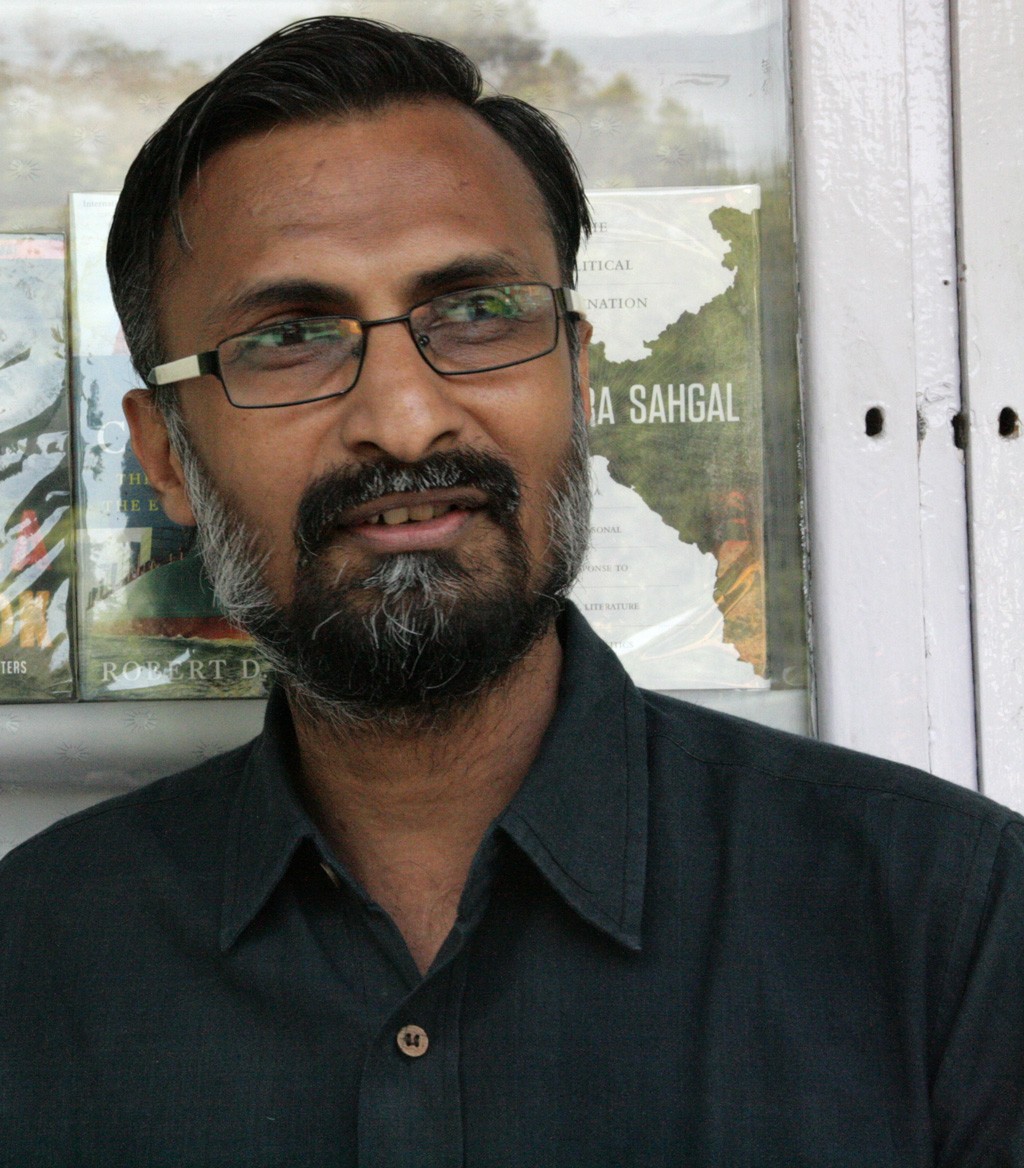
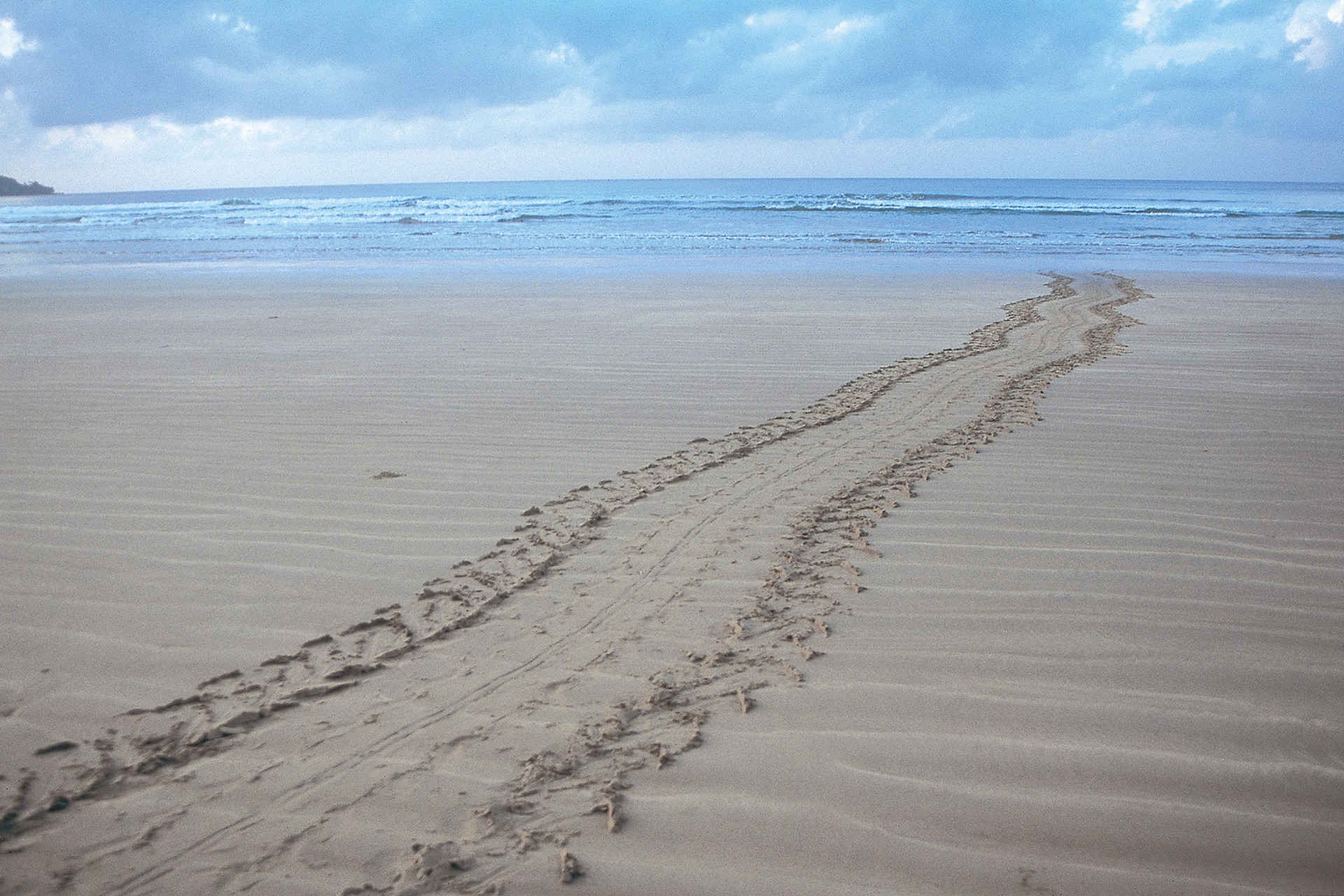
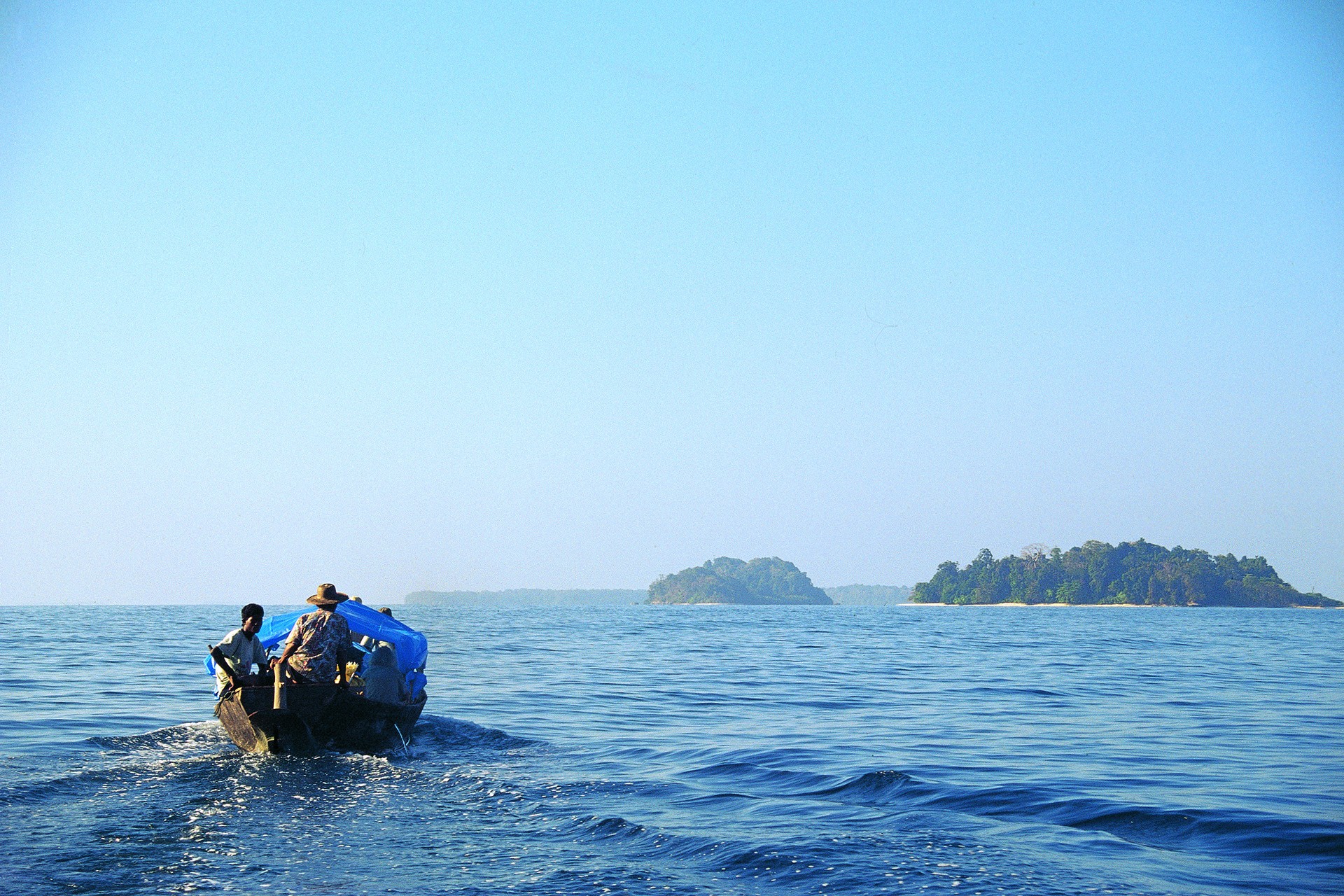
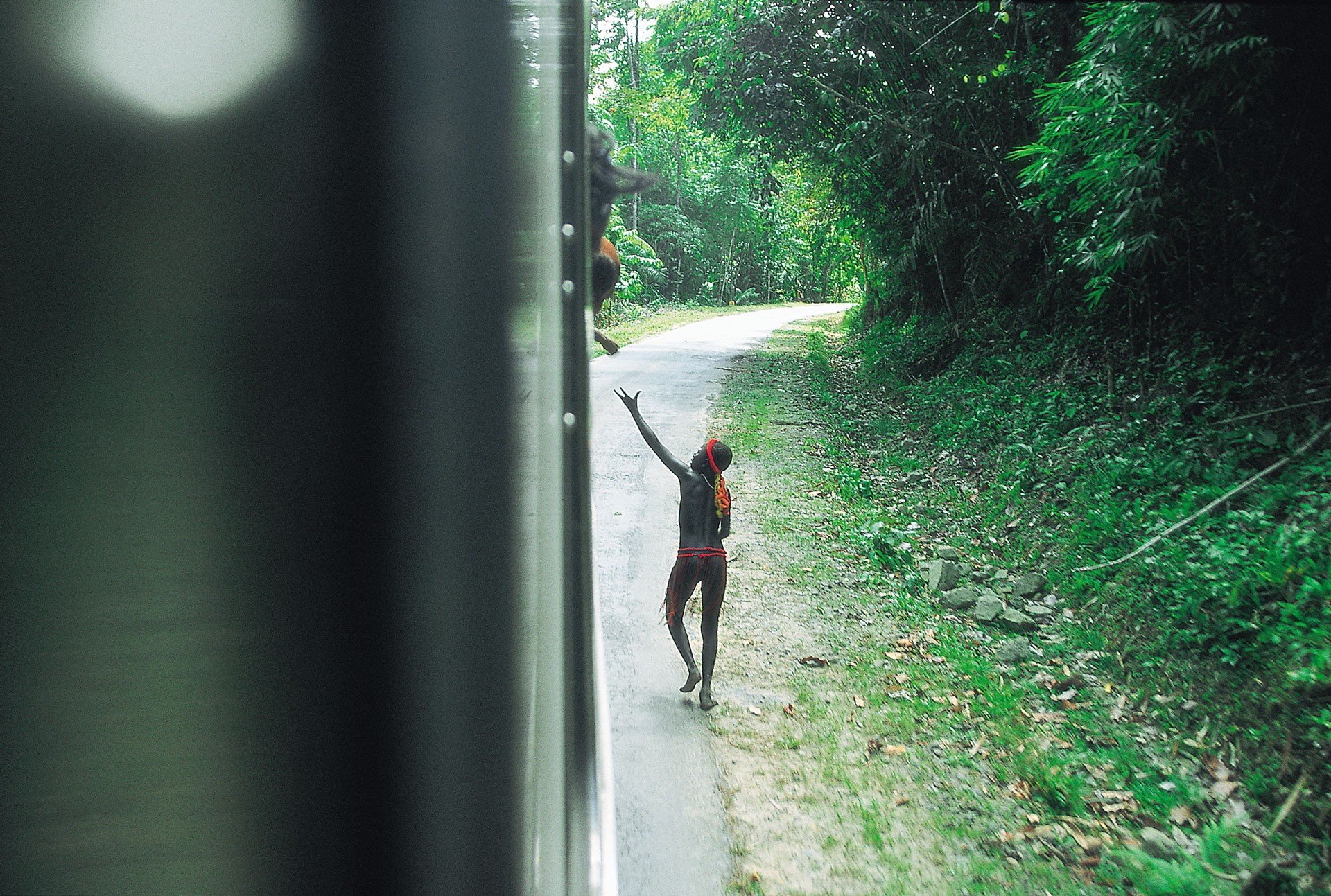
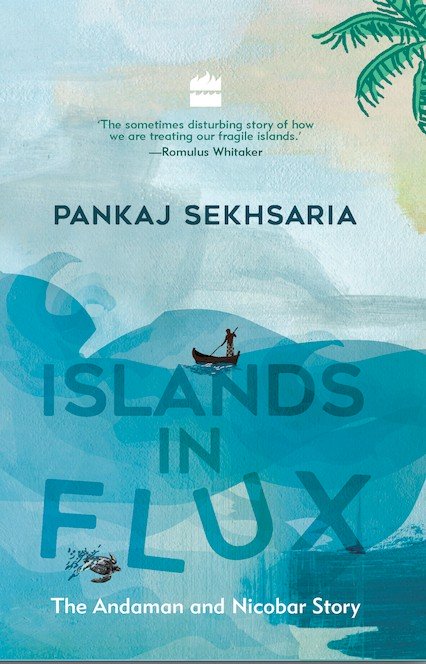
No comments:
Post a Comment